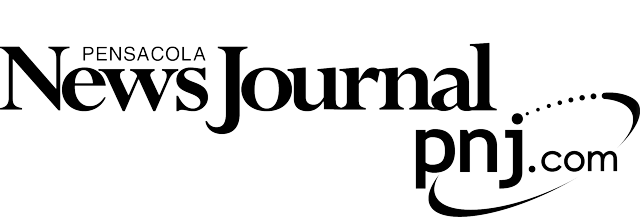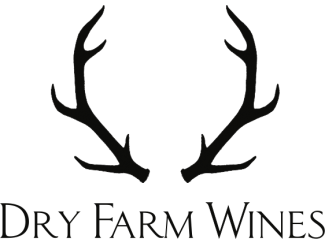Evening Lectures - Pensacola
Katy Bowman
THE TALK: Move Your DNA: The Difference Between Exercise and Movement (and Why It Matters)
February 21, 2019
Abstract
We are currently experiencing a pandemic of sedentarism. This sedentarism is an entirely new, entirely unprecedented environment for the human body, which does not cope well with a lack of mechanical input. We’ve been told we need to “move more,” but what does that mean, exactly? What counts as moving more? Regular movement doesn’t only affect our body composition and the state of our heart and skeletal muscles; through a process called mechanotransduction, our cells’ behavior changes when they’re moved. Movement influences the expression of our genes.
Animal bodies, including humans’, do not require exercise—they require movement. In order to be fully moved, humans need the almost constant, widely varied movement conditions in which human bodies evolved. Currently our society is almost entirely movement-free while our bodies’ need for movement is very high; thus we are experiencing an evolutionary mismatch when it comes to movement, both in terms of volume and distribution. A commonly proposed solution to sedentarism is exercise, which both technically and ideologically is limited to a very small section of a day, a handful of minutes per week—drastically different from the conditions that formed our physiology.
To understand why physical inactivity is a leading cause of non-communicable disease and disability, we must also understand: that movement is both a whole-body and a local (part-by-part) phenomenon; the process of mechanotransduction; and the cellular adaptations to movement. To understand why the rate of inactivity is currently increasing in high-income countries, we must understand movement outsourcing and the impact of convenience on our physiology. The key to moving our bodies more lies in understanding what movement is, how it works, and most importantly how it can fit easily into our daily lives, which was where it came from in the first place. To move ourselves well, we must understand the nature of movement.
Biography
An internationally recognized biomechanist, author, and movement science communicator, Katy Bowman has both the skill and passion for reintroducing movement into people’s everyday lives. Her books, including the bestselling Move Your DNA, Dynamic Aging, and Diastasis Recti, have been critically acclaimed and translated worldwide.
Bowman is the founder of Nutritious Movement and directs and teaches at the Nutritious Movement Center Northwest in Washington state, consults on research and on movement-rich community and educational space design, and spends as much time as possible moving outside with her husband and children.
lecture sponsors


Dr. Ed and Judy Galbavy - Carousel House
Steve and Colleen Ortiz
season sponsors
Dr. Roger Orth with Gastroenterology Associates



B.J. and Kimberly Etscheid
Garlan Sisco

